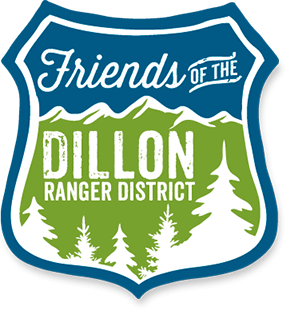What We’ve Learned About Native Seed Collection at Copper Mountain
Have you ever wondered how plants naturally reproduce, or noticed seed pods on your favorite flowers after they’re done blooming?
FDRD has been partnering with Copper Mountain Resort for the past three years, helping with their native seed collection efforts by gathering volunteers. This summer we hosted two public volunteer projects at Copper Mountain where we collected hundreds of thousands of native flower seeds, in order to be locally redistributed on disturbed parts of the mountain. This program is the brain child of Copper Mountain Project & Efficiency Manager, Jeff Grasser, who conducted graduate research on the subject. Grasser says the goal of the native seeding program is to develop more biodiversity at Copper Mountain Resort, by diversifying and increasing the variety of plants present on their terrain. He aims to stop buying seed from outside sources, since native seeds collected are already ensured to survive and thrive in the high-altitude Copper Mountain ecosystem.
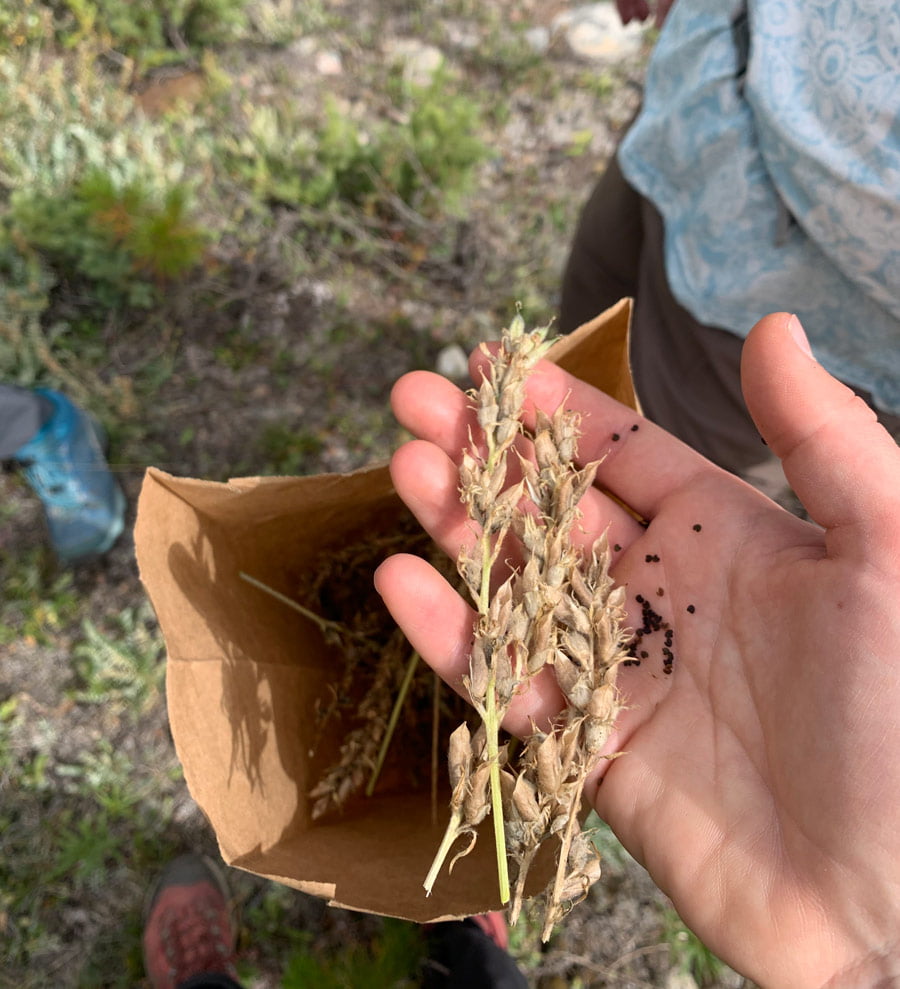
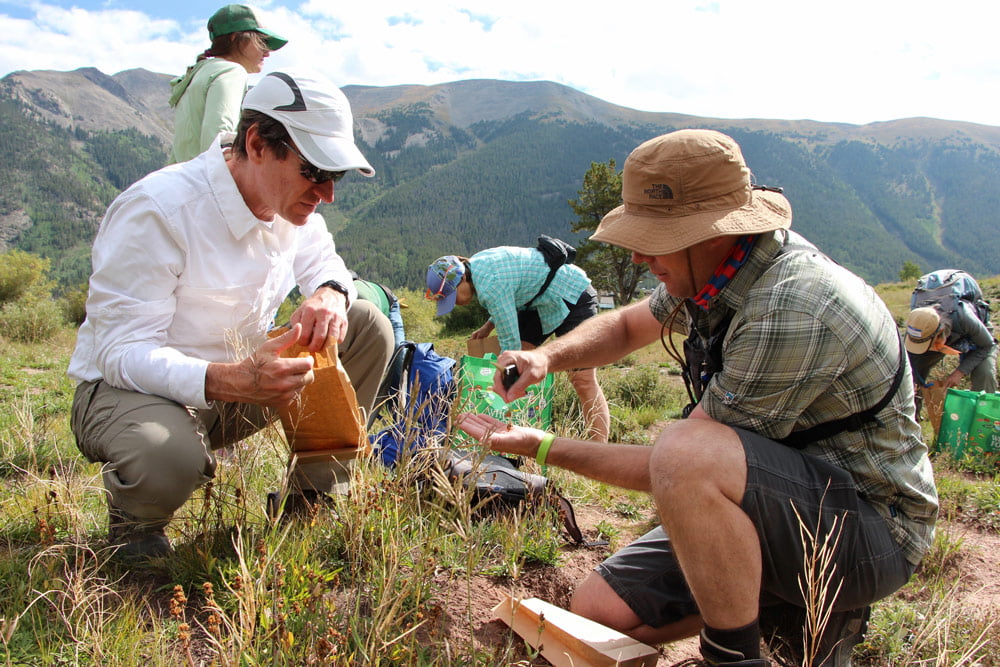
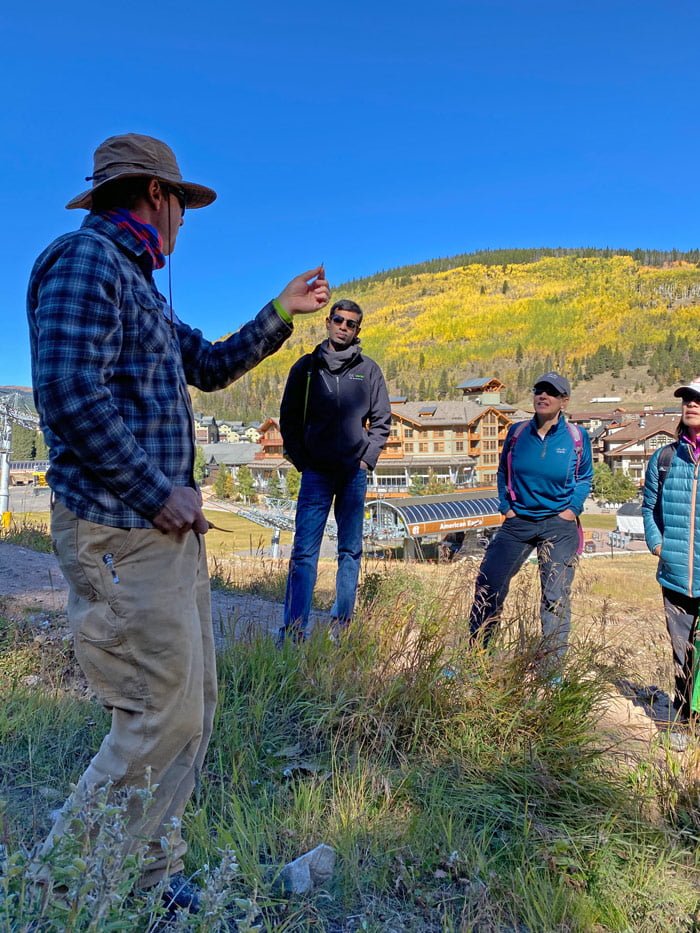
The volunteer project begins with Grasser leading a short lesson where volunteers learn the procedures and protocols for native seed collection, that have been created in partnership with the U.S. Forest Service — Copper Mountain resides on the White River National Forest. Given the unique nature of this program and the fact that it is the first of its kind, the agreement with the Forest Service has evolved over time. Grasser noted that when he first started the program in 2019, there were just five species he could collect. Now, the list has grown to 65 species, all native to Copper Mountain. Each species designated as “collectable” is locally abundant and regionally common. However we are instructed to never take more than 20% of viable seeds on a plant. This minimizes any potential disturbance to the ecosystem.
Next, we’re off to the slopes to identify, find seed pods, and collect. When choosing plants to collect from, Grasser explains that all seed harvesting must occur at least 10 meters away from any road, trail, or wetland area. Each harvest area’s GPS coordinates and species type are recorded and written on a paper bag where seed is collected. All seed going into that specific bag is from the same species, and should be harvested within 10 meters of the GPS coordinate written on the bag.
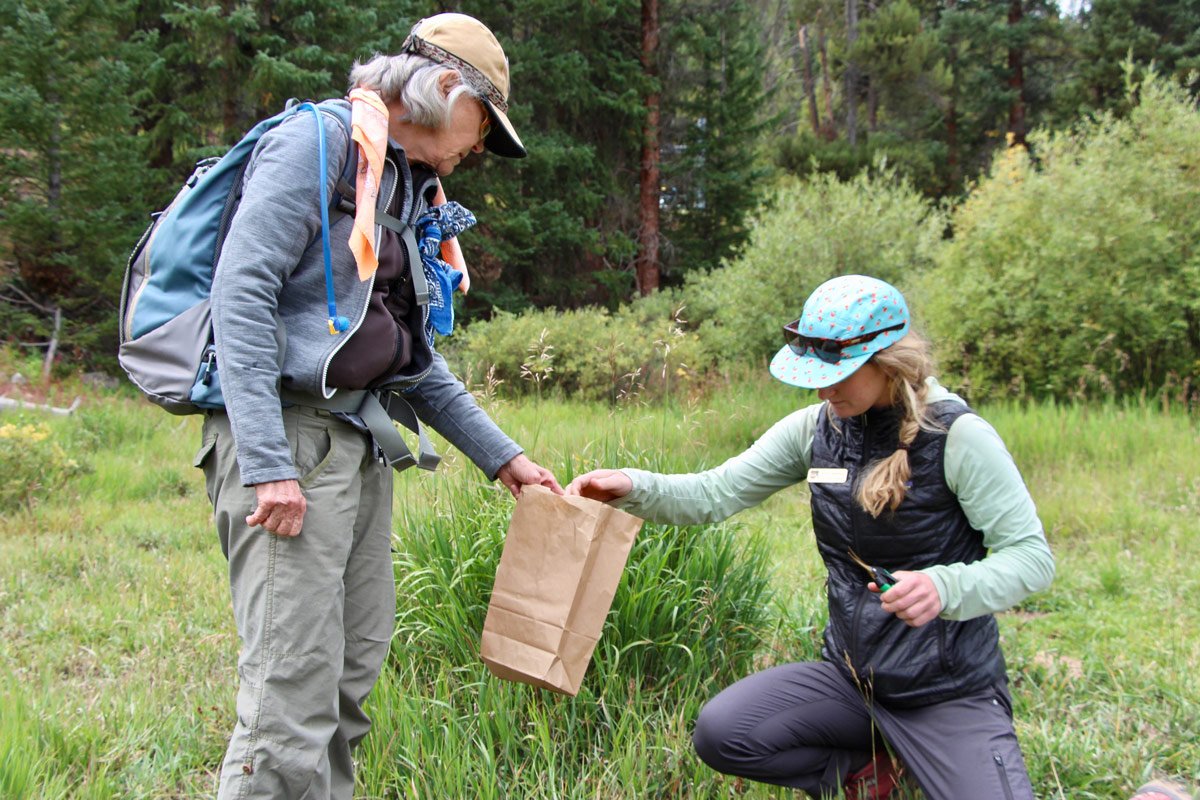

Lupine Seed Pod
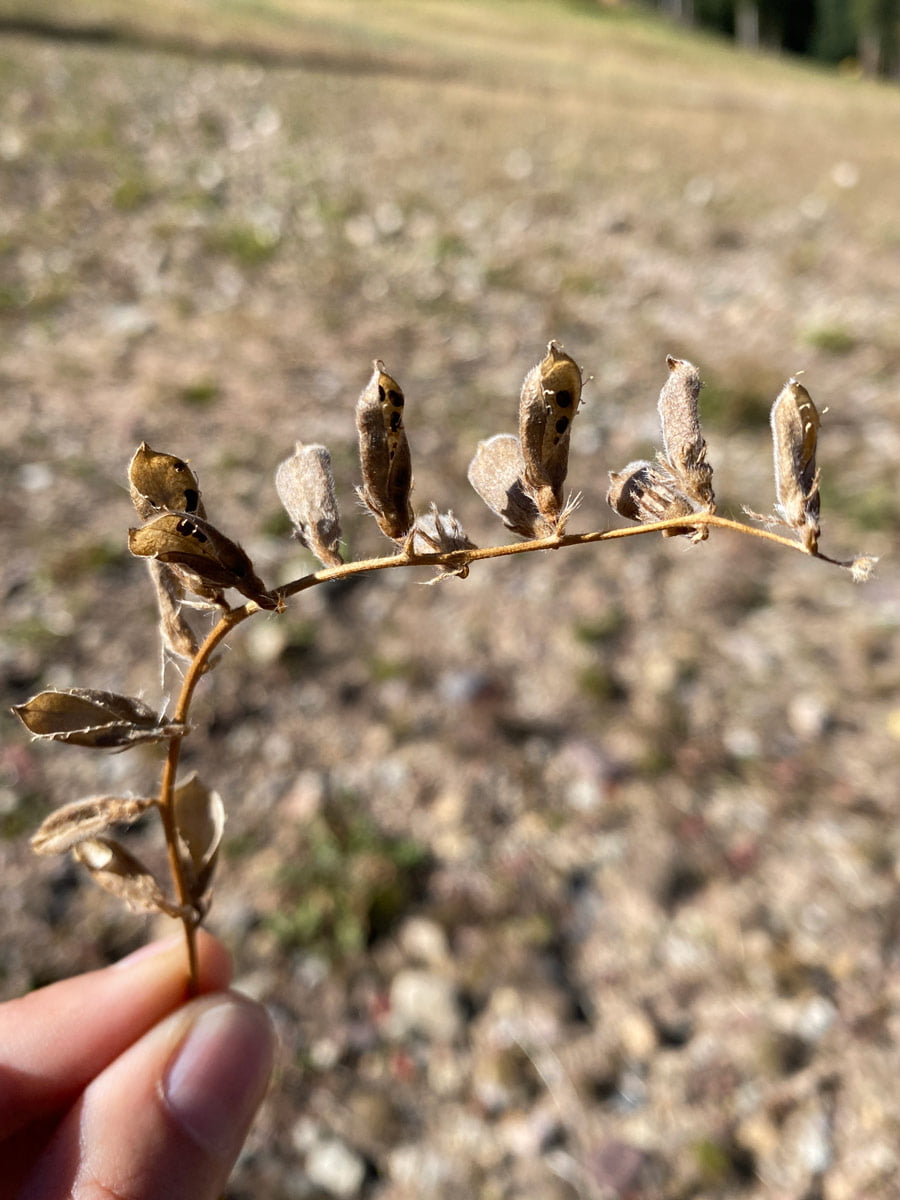
Locoweed Seed Pod

Fireweed Seeds
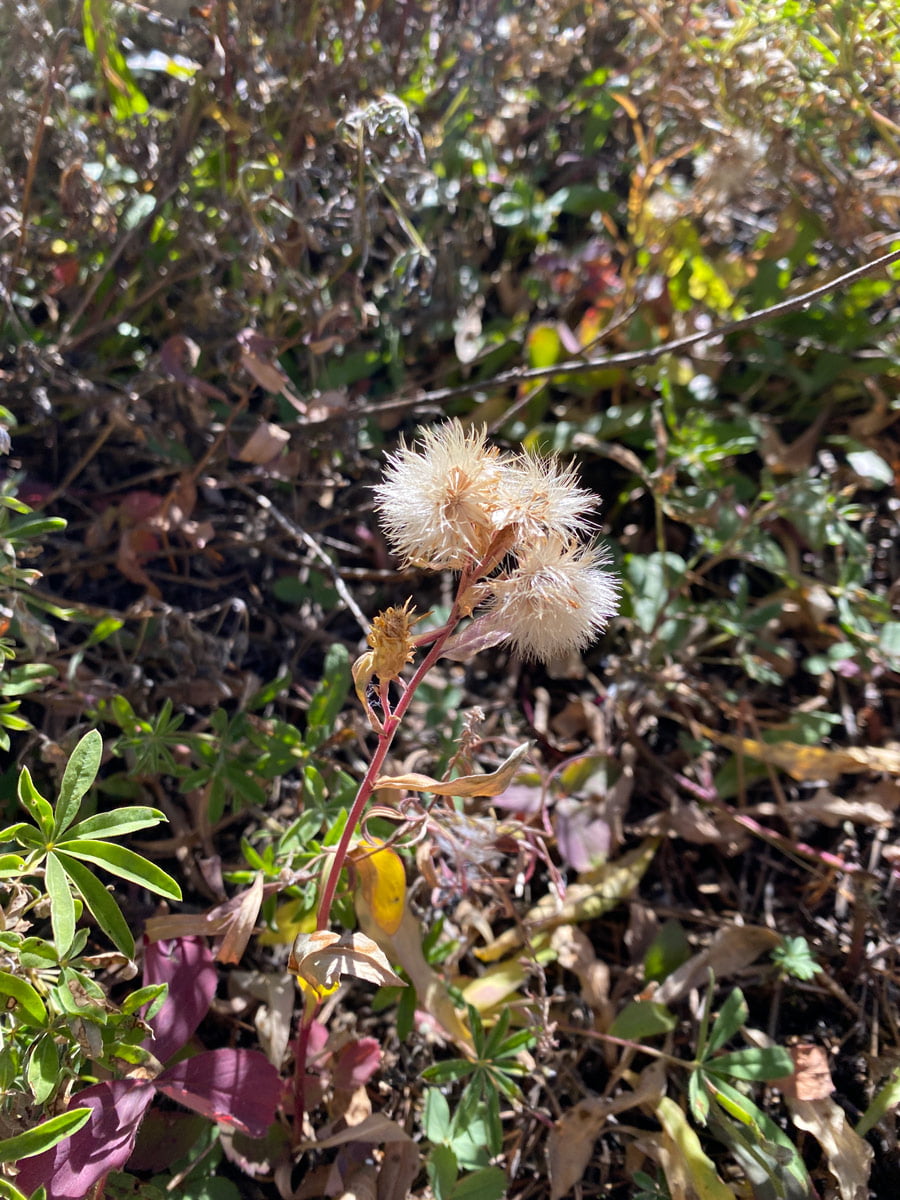
Goldenrod Seeds
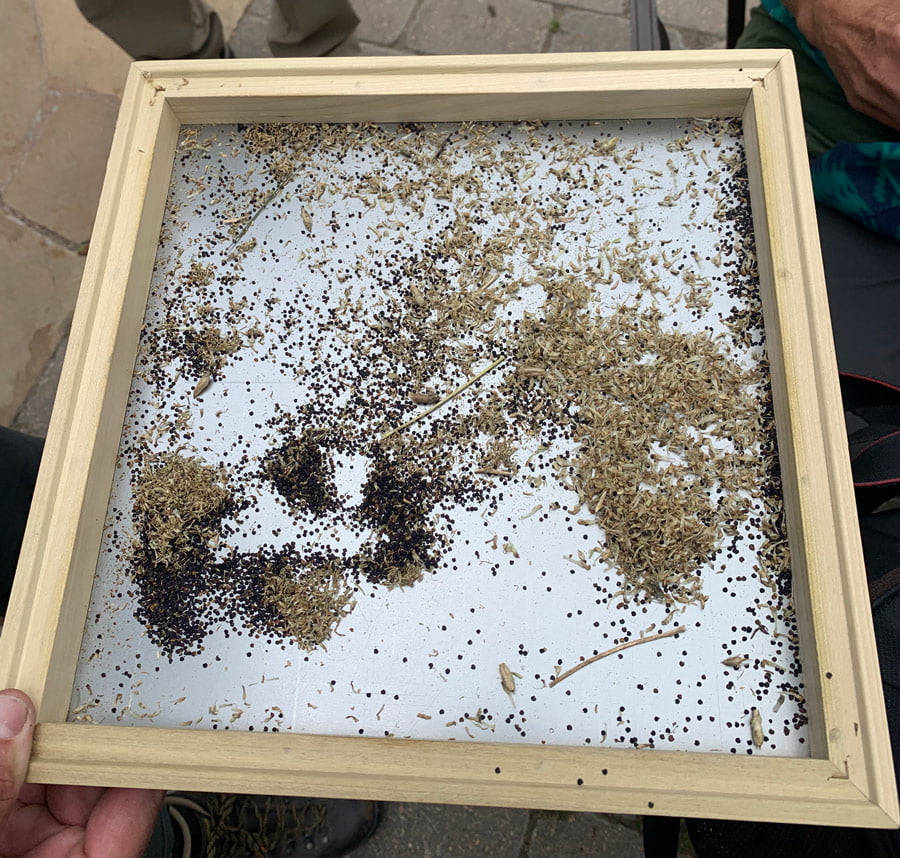
After the collection, volunteers return to the base area and are able to see what the next step consists of. Grasser has an electronic “shaker” and a series of screens with a tray at the bottom. As the contraption vibrates and shakes, seeds fall through the screens while the pods and excess plant matter stay on the top. The tray at the bottom collects the cleaned seeds and then they are ready to head back onto the slopes of the ski resort. Grasser explains how each species’ seeds are different. Some like to be planted in the fall and some in the spring. With some species, he is able to simulate the winter ground freeze by storing seeds in a refrigerator during the winter months. This process aims to mimic Mother Nature as much as possible.
The native plants FDRD volunteers collected seed from this summer include: Goldenrod, Heartleaf Arnica, Alpine Milk Vetch, Nodding Locoweed, Ryberg’s Penstemon, Whipple’s Penstemon, Silvery Lupine, Sulphur Paintbrush, Red Paintbrush, and Fireweed. These species are all considered locally abundant at Copper. So far, we have only collected seed from the bottom of the front side of the mountain. However Grasser hopes to expand the program to 500 acres of Copper’s skiable terrain over the course of the next decade.

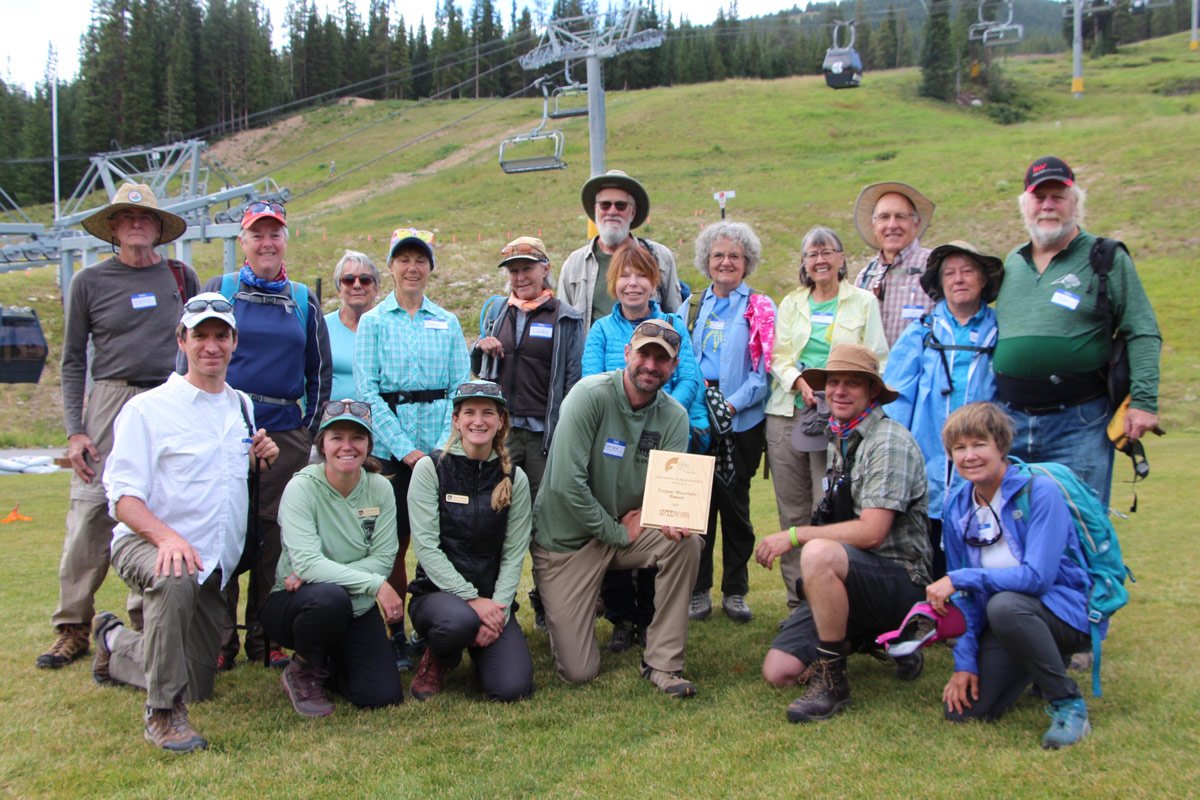
The program has now gained national recognition, after Copper Mountain Resort won the National Ski Areas Association 2021 Golden Eagle Award for Innovation in Sustainability for their native seed collection efforts.


